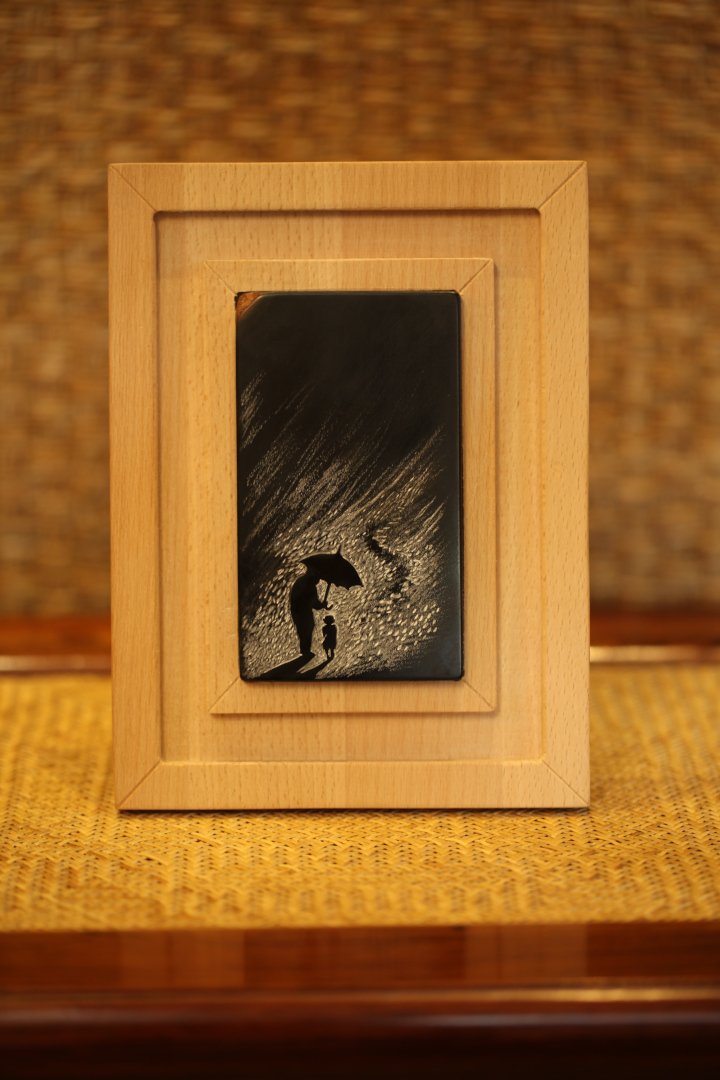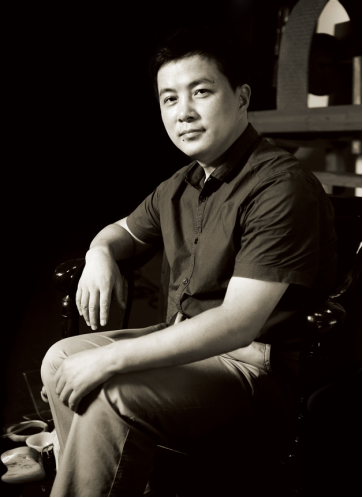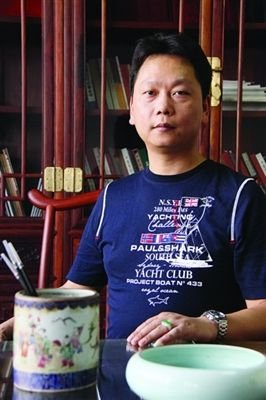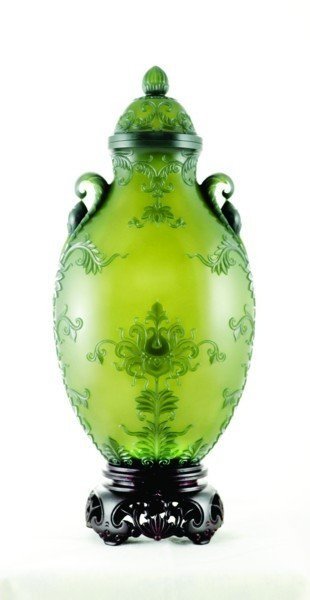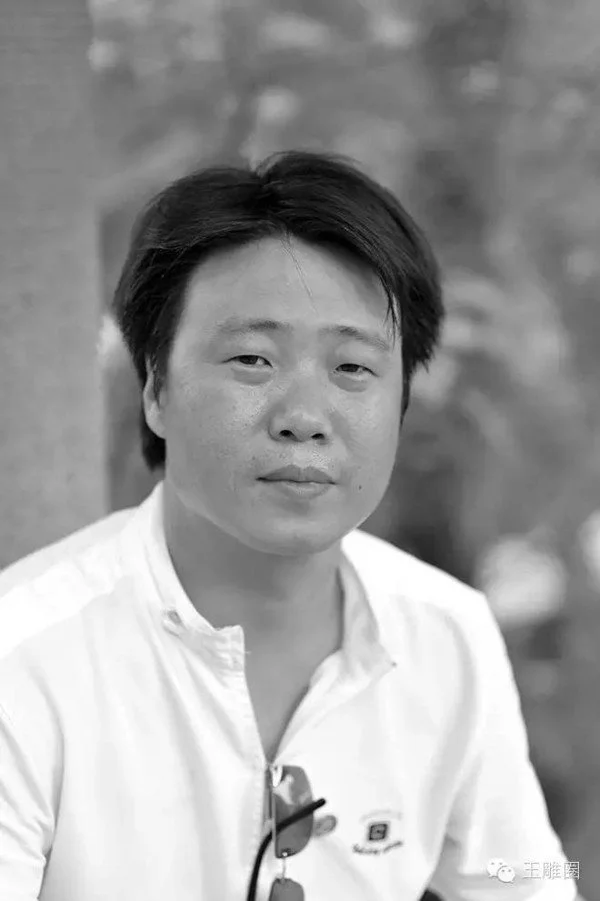The title of Master Carver 中国玉石雕刻大师
The title of Chinese Jade Carving Master is enormously prestigious. To qualify a carver must have been practicing his craft for at least fifteen years, They must have won a gold medal in the national competition, Tian Gong Jiang, at least once and he must have satisfied a jury of accredited masters that his work is of the highest standard. To do this they must submit three pieces which are judged on seven different criteria. Prices paid for the work of a master are can be extremely high. A Master signs each piece he carves with their own distinctive seal. This is different from the seal used on the pieces that are produced by craftsmen in a master’s workshop. Although such pieces are designed by the master they do not have the same cachet as jades they has worked on themselves. What follows are snapshots of a few of the best craftsmen working in the city of Suzhou who have been awarded the title of master carver. I focus on Suzhou because it is where I learned to carve jade and it is acknowledged as the city with the highest concentration of talented craftsmen.
Qu Lijun 瞿利军
Qu Lijun is at the top of my list for a number of reasons. He was the first carver to leave the government run jade factory and branch out on his own in the late 1980s. Within a few years every other carver in Suzhou had followed suit, many of them setting up workshops close to Master Qu. As a result he is credited with kickstarting Suzhou’s jade industry which now employs about forty thousand people. He is also one of the best practitioners of his craft in China. In addition to this he is a humble man of great generosity and dignity who went out of his way to help me in my journey to learn about jade.
An exquisite carving in pure black jade by Master Qu entitled Childhood Memories. He used a very simple technique married to years of experience to produce this piece.
Yangxi 杨曦
Yangxi is one of the most innovative and creative carvers in China his work is highly sought after and commands extremely high prices. He acknowledges tradition in all his work and like all great artists he has an extremely distinctive style which is instantly recognizable but almost impossible to duplicate successfully
Jiangxi 蒋喜
Jiangxi made his name by reworking ancient jades in modern stone. His interpretations of ancient pieces such as the cicada and pig dragon bring the past to life. He says “My goal is to make modern works of art with traditional elements.” His carvings are austere, vivid and have both physical and spiritual qualities.
One of Jiangxi’s signature carvings is Wengzhong. Legend has it that he was the personal bodyguard of the first Chinese emperor, Qin Shihuang. When Wengzhong died the emperor ordered a statue of him placed in front of his palace so that he could protect him, even after death. Since that time, more than 2,000 years ago carvings of Wengzhong have been worn as amulets of protection.
Run Lei 润磊
Run Lei is one of the very few female master carvers in China. She studied jade carving at Suzhou Arts and Crafts College and graduated at the age of 18. Her workshop and gallery in Suzhou is a beautiful place and accurately reflects both her taste and sophistication
Yu Ting 俞挺
Yu Ting creates what are considered to be the most exquisite and delicate vases in China. The one shown is more than 20 cm high but weighs less than a hundred grams because it has been carved paper thin.
Zhao Xian Zhi
赵显志
Master Zhao is one of my favourite carvers. He can see a design in a piece of stone that no-one else can see which is the sign of a true master. This carving of an eagle soaring in the mountain mists is to my mind exceptional. He says ’巧雕,巧色,雕妙’ which roughly translates as carve clever, with cunning use of colour and carve with subtlety.


